Many localities have made plans.
The Department of Education and Training of Thanh Hoa has just proposed to reorganize public educational institutions in the area, including merging Thanh Hoa University of Culture - Sports - Tourism into Hong Duc University. The merger will help reduce the number of university educational institutions, form a multidisciplinary university, increase the attractiveness to learners and international cooperation, and focus investment resources to increase the scale and quality of training.
Regarding colleges, the Department of Education and Training of Thanh Hoa proposed to keep the College of Agriculture and the College of Medicine. In particular, Thanh Hoa Industrial College merged with Nghi Son Vocational College to become Thanh Hoa Industrial College.
Thanh Hoa Department of Education and Training proposed to keep the Transport Vocational College, because this is a unit with autonomy in regular and investment expenditures; proposed to allow the Mountainous Vocational College and the Tourism and Trade Vocational College to develop a plan for autonomy in regular expenditures and maintain the status quo. Merge Bim Son Vocational College and Thanh Hoa Industrial Vocational College into Thanh Hoa Industrial College (establish the Northern branch at the current headquarters of Bim Son Vocational College). Thach Thanh Vocational College and Nga Son Vocational College proposed to convert into two vocational secondary schools.
Thus, according to the proposal of the Department of Education and Training of Thanh Hoa, this province has 38 universities, colleges, intermediate schools, and continuing education facilities. After the arrangement, there will be 24 facilities (a reduction of 14 facilities).
Phu Tho province has just had a plan to arrange public service units, state-owned enterprises and focal points within administrative agencies and organizations in the province, including the field of education and training. The Provincial People's Committee plans to merge Hoa Binh Pedagogical College into Hung Vuong University. Merge Hoa Binh Medical College into Phu Tho Medical College. Arrange Vinh Phuc College in the direction of: transferring the Medical field to Phu Tho Medical College; transferring the Pedagogical field to Hung Vuong University; the remaining departments to Vinh Phuc Technical College.
Merge 3 colleges: Hoa Binh College of Economics and Technology, Hoa Binh College of Economics and Technology and Song Da Vocational College into Hoa Binh Vocational College. After the reorganization, Phu Tho province has 1 university, 1 medical college, and 3 vocational colleges.
The People's Committee of Ha Tinh province has a plan to reorganize public service units. The whole province has 640 educational and training service units, including Ha Tinh University, 38 high schools, 148 middle schools, 220 primary schools and 233 kindergartens. According to the new plan, the province proposes to continue studying the merger of Ha Tinh University into a member university of Hanoi National University or according to the new direction of the Ministry of Education and Training.
The People's Committee of Ca Mau province proposed a plan to maintain the status quo of Bac Lieu University and merge 6 colleges into 3 schools. The People's Committee of Ho Chi Minh City presented a plan to comprehensively reorganize public service units, including the education and training sector. The City People's Committee proposed to maintain Pham Ngoc Thach University of Medicine and Thu Dau Mot University; and reorganize Saigon University on the basis of merging Ba Ria - Vung Tau Pedagogical College due to similarities in the field of pedagogical training.
The reorganization has led to major changes in the college and secondary school system. Before the reorganization, the city had 19 colleges and 20 public secondary schools. Under the new plan, all public secondary schools will be merged into colleges or upgraded, with the ultimate goal of the city having no more public secondary schools.
Regarding the plan to arrange and merge schools from intermediate to university in localities, experts noted that this is a complicated process that needs to be carried out with caution, with clear criteria and a suitable roadmap, so that the arrangement not only achieves the reorganization goal, but also ensures the stability and sustainable development of the entire system.
Universities under ministries and branches "face difficulties"
Public universities under ministries and branches have not yet received information about the reorganization. According to the draft Resolution of the National Assembly on a number of specific mechanisms and policies to make breakthroughs in education and training development, which is being consulted, the Ministry of Education and Training directly manages key universities and colleges. The Ministry of Health and the Ministry of Culture, Sports and Tourism manage a number of specialized and specific facilities.
The Ministry of Education and Training is managing 41 university training institutions. This is the ministry managing the largest number of universities today, including 9 universities: 2 national universities, 3 regional universities, and 4 multidisciplinary universities. The Ministry of Health manages 14 training institutions, including 10 universities. The Ministry of Culture, Sports, and Tourism currently has 13 universities, academies, and conservatories. The Ministry of Industry and Trade is managing 9 universities and 24 colleges, not including affiliated institutes. The Ministry of Construction currently manages 8 universities and academies. The Ministry of Agriculture and Environment has 6 university training institutions. The Ministry of Justice manages 2 universities. The Ministry of Ethnic Minorities and Religions has the Ethnic Minorities Academy. The Ministry of Home Affairs manages the University of Labor and Social Affairs...
National Assembly delegate Nguyen Thi Thu Dung said that consideration should be given to allowing universities to offer college-level training. Currently, some colleges are expected to be converted into universities.
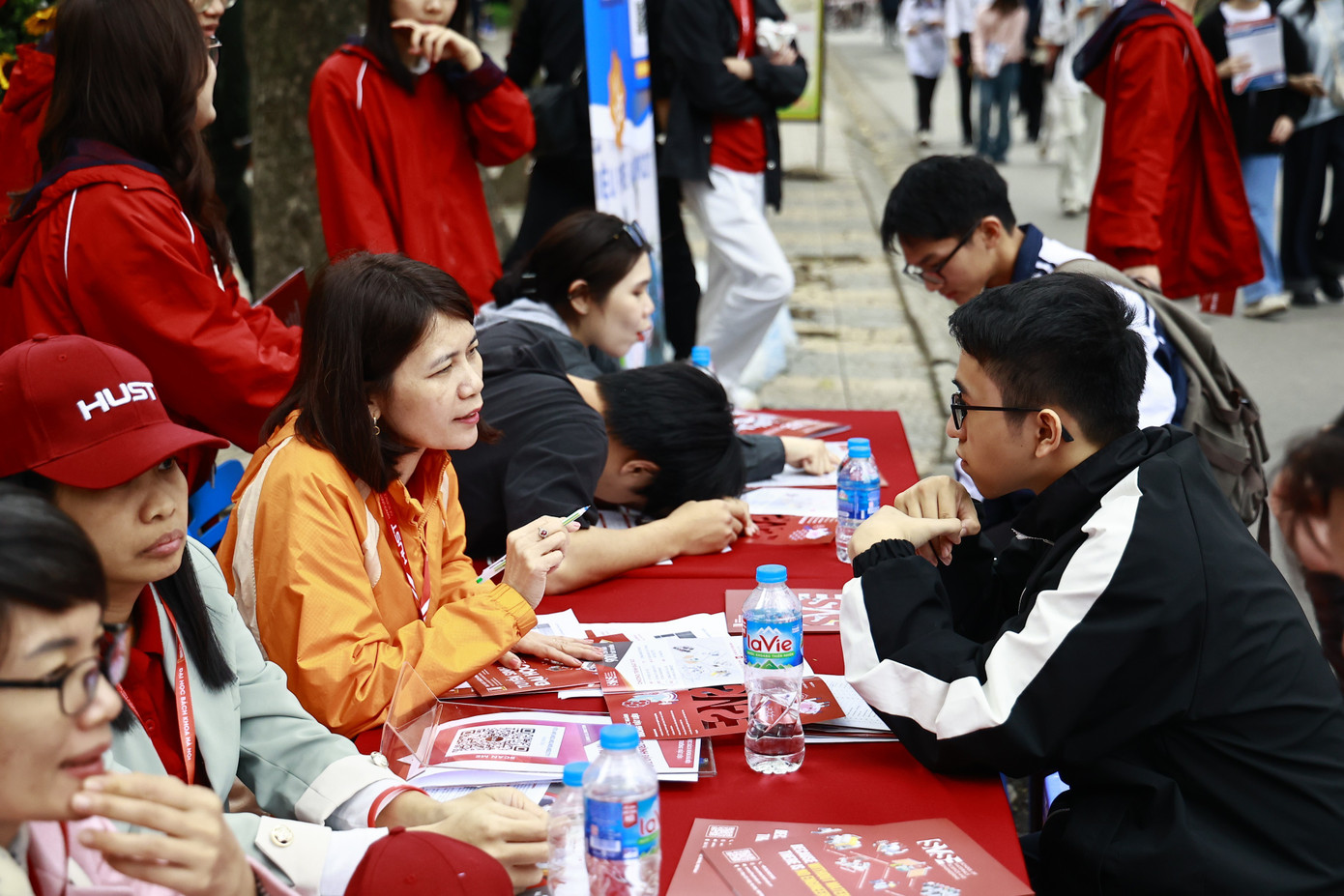
Resolution 71 on educational breakthroughs clearly states: university education is the core of developing highly qualified human resources, talents, promoting technological development and innovation. Vocational education plays a key role in developing college level. Therefore, Ms. Dung proposed that universities should train preschool teachers at college level. Other levels, including specialized professional groups in the fields of arts or sports, must be considered to maintain stability for the development of vocational education.
University lecturer standards are different from those of colleges. Merging colleges into universities will lower university standards, leading to the problem of universities not wanting to accept colleges.
Associate Professor Dr. Nguyen Phong Dien raised concerns about how quality will be recognized when arranging and reducing the number of universities so as not to cause unfairness to students and to maintain the school's brand.
According to Associate Professor Dr. Nguyen Phong Dien, Vice Director of Hanoi University of Science and Technology, the arrangement of local universities is simple because students are often concentrated in the area, the impact is not large, due to the small number. But with universities under ministries and branches, it will be very difficult because it will affect about 2 million students, equivalent to about 4 million parents. Mr. Dien gave an example, if 2 universities were merged, what would happen to the students who are studying and their diplomas? Will there be a situation where one school recognizes the entrance and another school grants the diploma? While the entrance standards of different schools are different, even very different.
Before coming up with a merger plan, the Ministry of Education and Training must solve many other problems within each educational institution. Because the arrangement and merger of universities is not just about merging numbers.
Source: https://tienphong.vn/truong-dai-hoc-ngong-de-an-sap-xep-post1787815.tpo








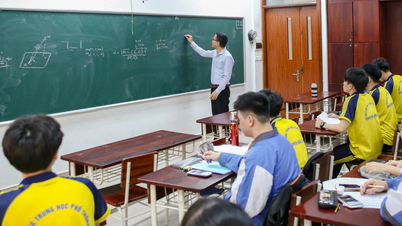

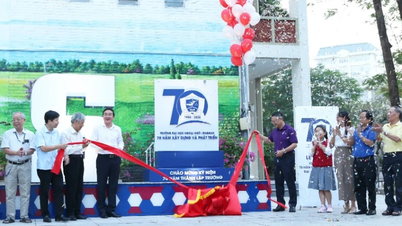

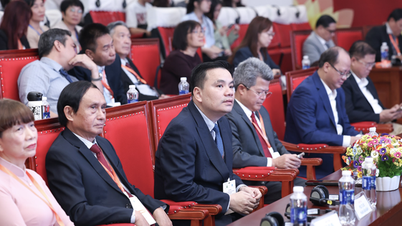

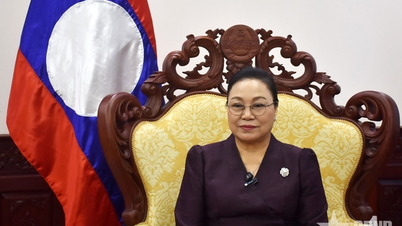


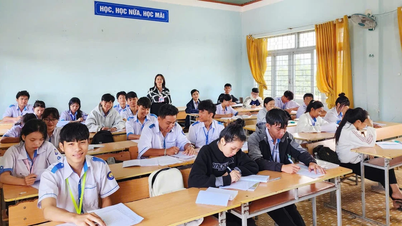











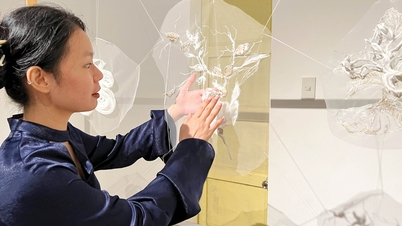

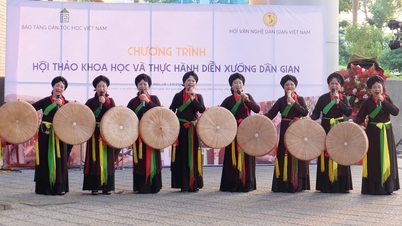



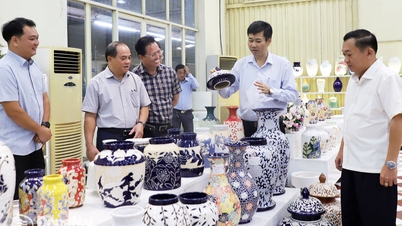






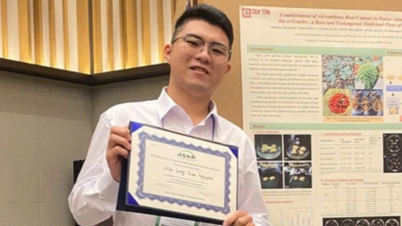

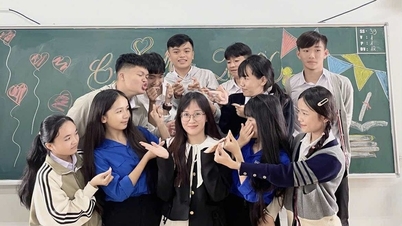

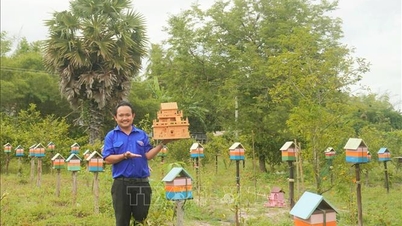
















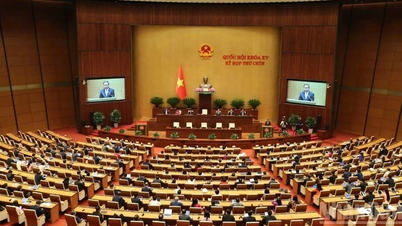
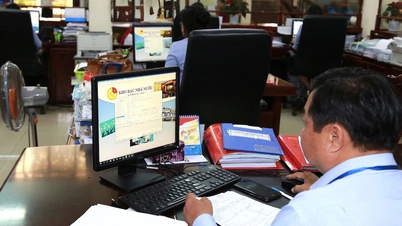


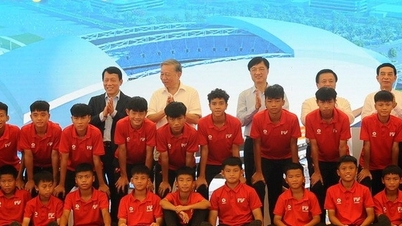




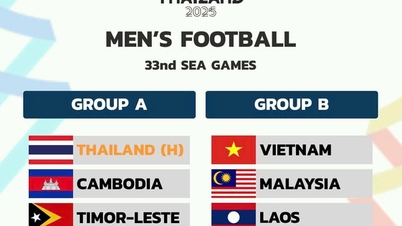

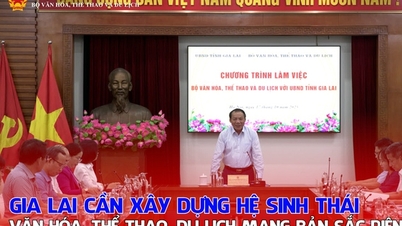
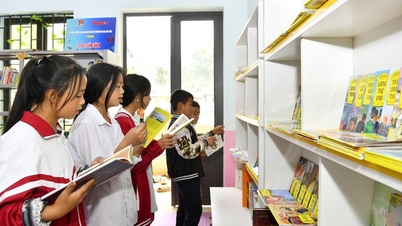






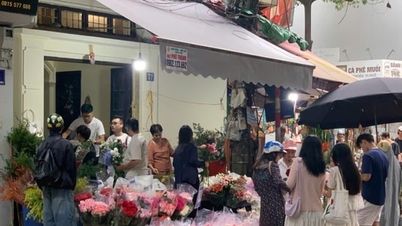


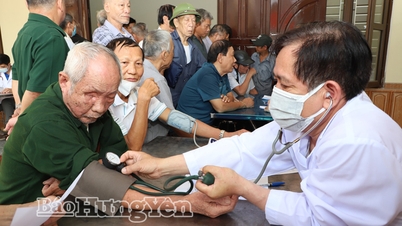













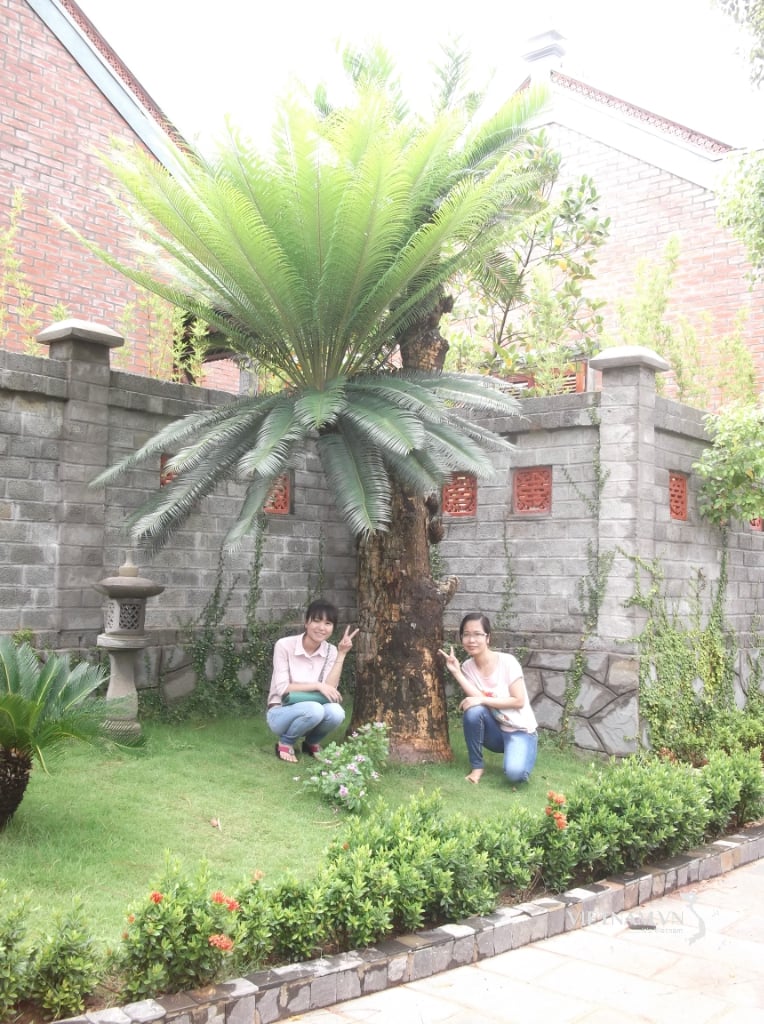
Comment (0)